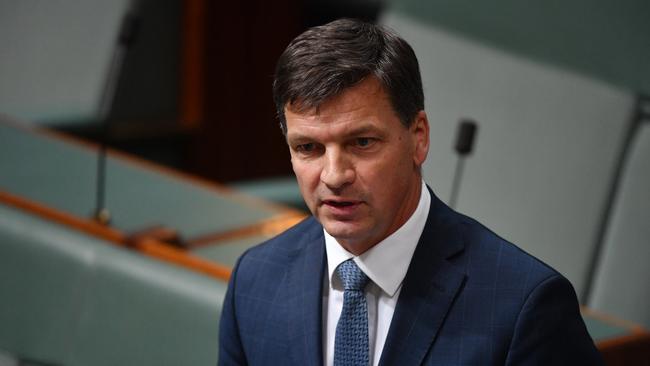Australia set to surpass 2030 carbon emissions aim
Australia is halfway towards meeting its 2030 Paris agreement target for greenhouse gas emissions.

Australia is halfway towards meeting its 2030 Paris agreement target for greenhouse gas emissions, according to new figures to be released on Friday.
Department of Energy figures show big falls in emissions due to the drought, with electricity production offset rises from expanding liquefied natural gas exports to push the 2019 total down to 13.7 per cent below 2005 levels, the baseline year for the Paris target of a fall of 26 to 28 per cent.
Greenhouse gas emissions fell 0.9 per cent last year to 532.5 million tonnes.
Expressed as an emissions budget, the latest government estimates are for Australia to beat its 2030 target by 16 million tonnes.
The federal opposition and environment groups say Australia’s Paris target is not tough enough.
The release of the figures comes as the world scrambles to put the UN climate change agenda back on track.
Britain has confirmed the Glasgow climate conference will be held in November next year, a year later than originally scheduled, because of the COVID-19 pandemic.
European leaders have been split over UN demands to put climate spending at the centre of COVID-19 recovery. But a €750bn ($1240bn) fund to help the bloc recover from the pandemic demands that 25 per cent be set aside for climate action.
China has turned to coal to drive its pandemic recovery, approving five new coal-fired power plants totalling 7960 megawatts in March, more than during the whole of last year.
Energy Minister Angus Taylor has confirmed Australia will join Japan and New Zealand in resisting calls to lift its Paris agreement targets to stick with already announced emissions reduction targets for 2030.
Mr Taylor told parliament this week he would write to the UN to say Australia would not update its target for 2035 or 2040 until 2025.
China has said it will wait until after the US presidential elections in November before making any statement. At present, China is allowed to keep growing emissions until 2030.
The Department of Energy report shows national emission levels for the December quarter last year declined by 0.5 per cent on the previous quarter, on a seasonally adjusted and weather-normalised basis.
The impact of reduced activity due to the COVID-19 pandemic is expected to show up in the April figures, most notably in lower emissions for transport and aviation.
Electricity demand was down 2.8 per cent in April, year-on-year, but petrol sales were down 43 per cent, diesel down 10 per cent and aviation fuel down by 79 per cent.
The December-quarter figures show that emissions from electricity production for the 2019 calendar year were down 2.9 per cent, or 5.3 million tonnes.
Reduced production from agriculture because of the drought cut emissions by 5.8 per cent or 4.2 million tonnes.
But these falls were partly offset by a 3 per cent increase in emissions from export industries, up 6.1 million tonnes.
Most of the increase was due to strong growth in LNG exports which were up 11 per cent, making Australia the world’s largest LNG exporter last year.
Emissions per capita and the emissions intensity of the economy fell to their lowest levels in three decades.
“Emissions per capita were lower than 1990 by 41.2 per cent while the emissions intensity of the economy was 63.4 per cent lower than in 1990,” the Energy Department report said.
Mr Taylor said only four countries had formally committed to net zero emissions by 2050 to the UN. He said the government’s long-term strategy would “set out how Australia can contribute to meeting the goals of the Paris agreement, including to achieve net zero emissions globally in the second half of the century”.




To join the conversation, please log in. Don't have an account? Register
Join the conversation, you are commenting as Logout